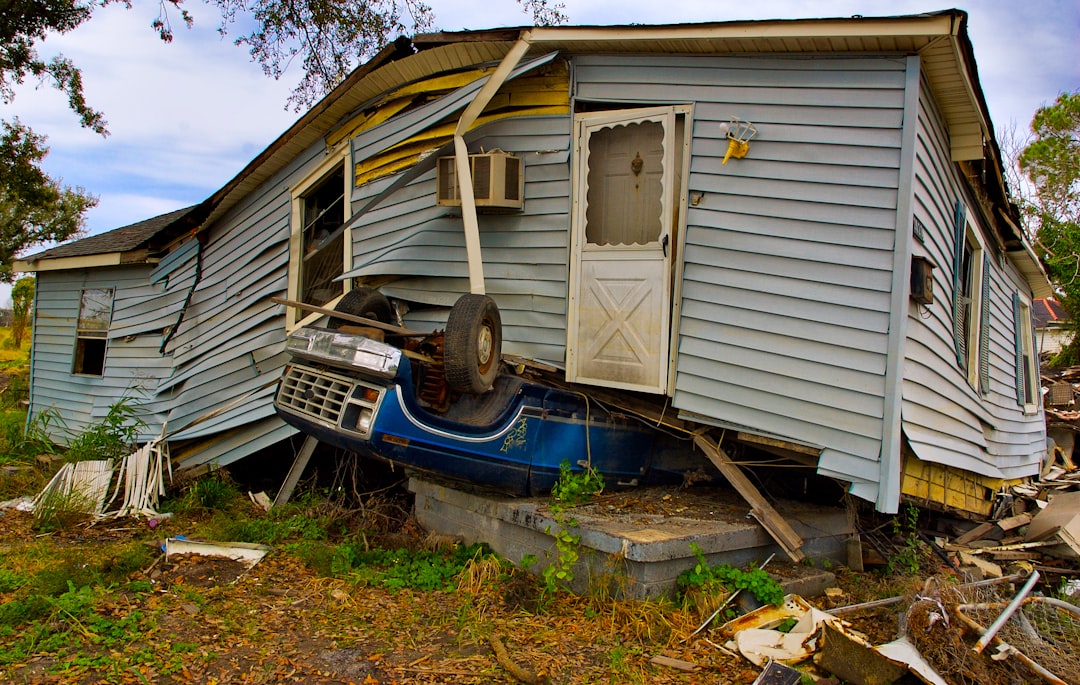What is it about?
This article will explore the Cradle to Cradle (C2C) framework for urban environments, focusing on the perception, utilization, and maintenance of parks. The case study explores the perception of urban flora and the value of greenery in everyday life in The Netherlands. The reflection section addresses the difference between conventional and C2C approaches to greenery on the one hand and current green management policies and public opinion on the other hand.
Featured Image

Photo by Shi Min Teh on Unsplash
Why is it important?
At present, urban development rarely takes ecological health of the city into account. This article discusses urban sustainability in Amsterdam focusing on artificially maintained city parks. The article discusses how wild greenery can be seen as benefit rather than 'weed'.
Perspectives
The author reflects on how urban planning policies can be better geared towards public awareness of C2C, and towards the implementation of ecologically benign management of urban flora. It is proposed that the implementation of urban green management consistent with C2C is feasible and desirable. It is feasible given the favorable shifts in public opinion in relation to urban sustainability, and it is desirable due to the basic cost-benefit analysis and increased need for urban sustainability.
Dr Helen Kopnina
Northumbria University
Read the Original
This page is a summary of: Requiem for the urban weeds: an exploration of green spaces in Amsterdam, Urban Ecosystems, April 2015, Springer Science + Business Media,
DOI: 10.1007/s11252-015-0468-2.
You can read the full text:
Resources
Contributors
The following have contributed to this page










